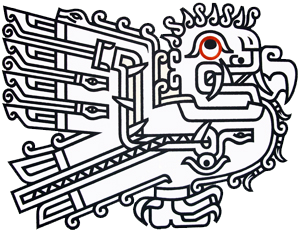Description
On 21 October 1520, Ferdinand Magellan and a fleet of four ships entered a strait separating Patagonia from Tierra del Fuego, which today bears his name. On 28 November of the same year, the Portuguese navigator's sailors reached the Pacific Ocean. The passage had taken thirty-six days. This achievement was one stage in the first voyage around the world, an adventure that was to end in death for Magellan and most of the men in his crew. Today, traversing the Strait of Magellan offers no difficulties, despite the harsh weather in these regions. A ferry connects the mainland with the large southern island. The areas on both sides of the strait belong to Chile. Tierra del Fuego owes its name to the navigator Magellan, who was astonished to notice Indian fires all along the shores. Today, instead of the Indian fires, the columns of flames from the oil drilling sites glow there. The National Road 3 leads to the northern shore of the strait and continues over there. - 1973
Description
On 21 October 1520, Ferdinand Magellan and a fleet of four ships entered a strait separating Patagonia from Tierra del Fuego, which today bears his name. On 28 November of the same year, the Portuguese navigator's sailors reached the Pacific Ocean. The passage had taken thirty-six days. This achievement was one stage in the first voyage around the world, an adventure that was to end in death for Magellan and most of the men in his crew. Today, traversing the Strait of Magellan offers no difficulties, despite the harsh weather in these regions. A ferry connects the mainland with the large southern island. The areas on both sides of the strait belong to Chile. Tierra del Fuego owes its name to the navigator Magellan, who was astonished to notice Indian fires all along the shores. Today, instead of the Indian fires, the columns of flames from the oil drilling sites glow there. The National Road 3 leads to the northern shore of the strait and continues over there. - 1973





